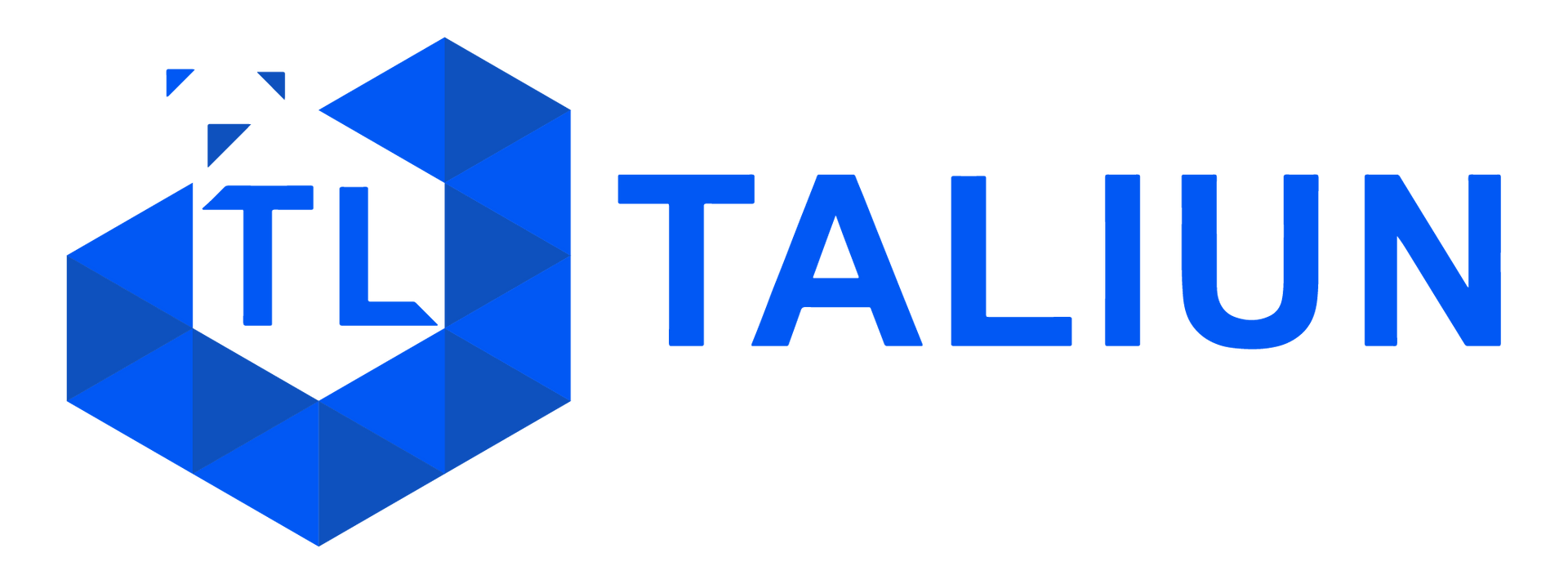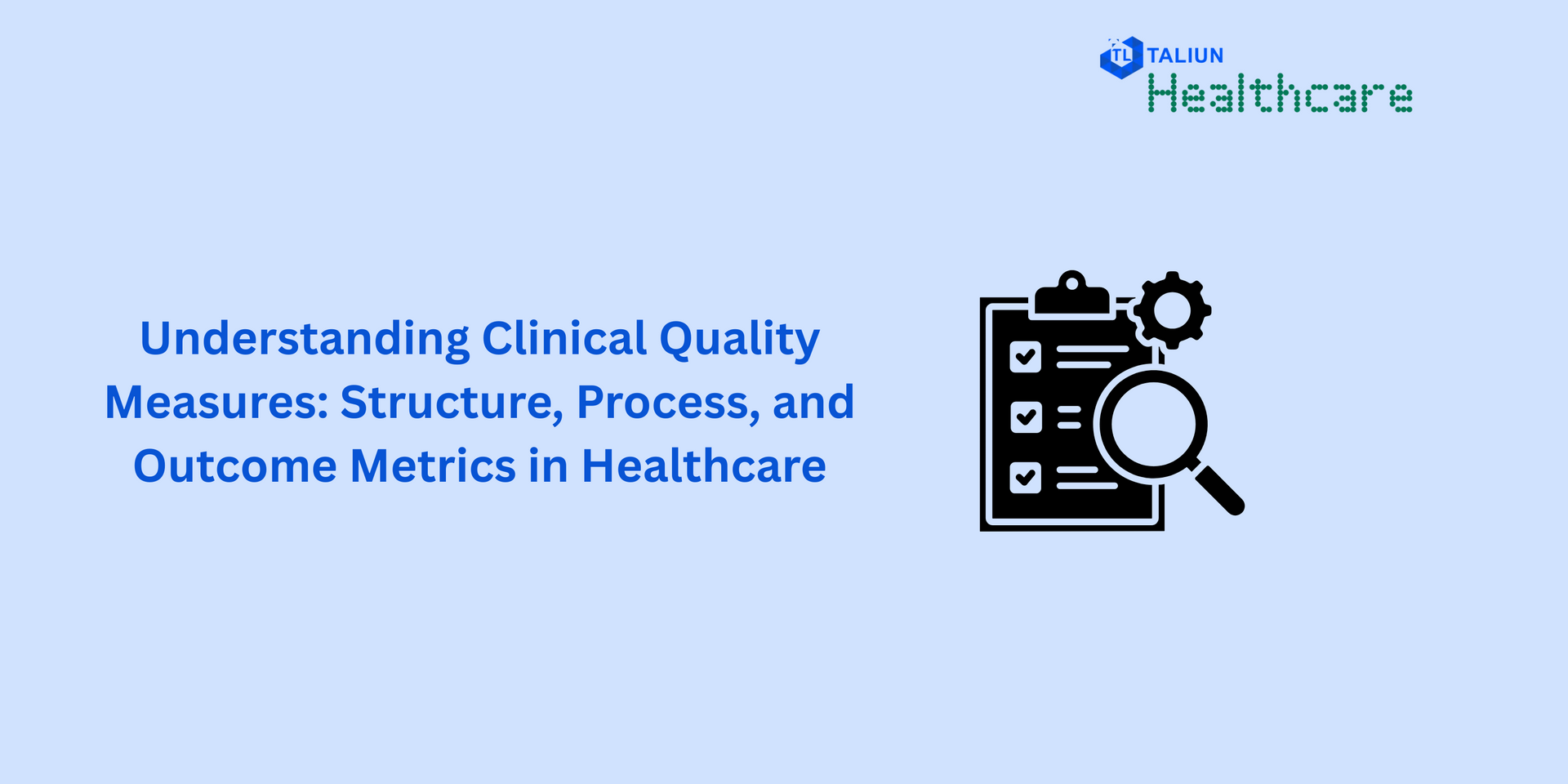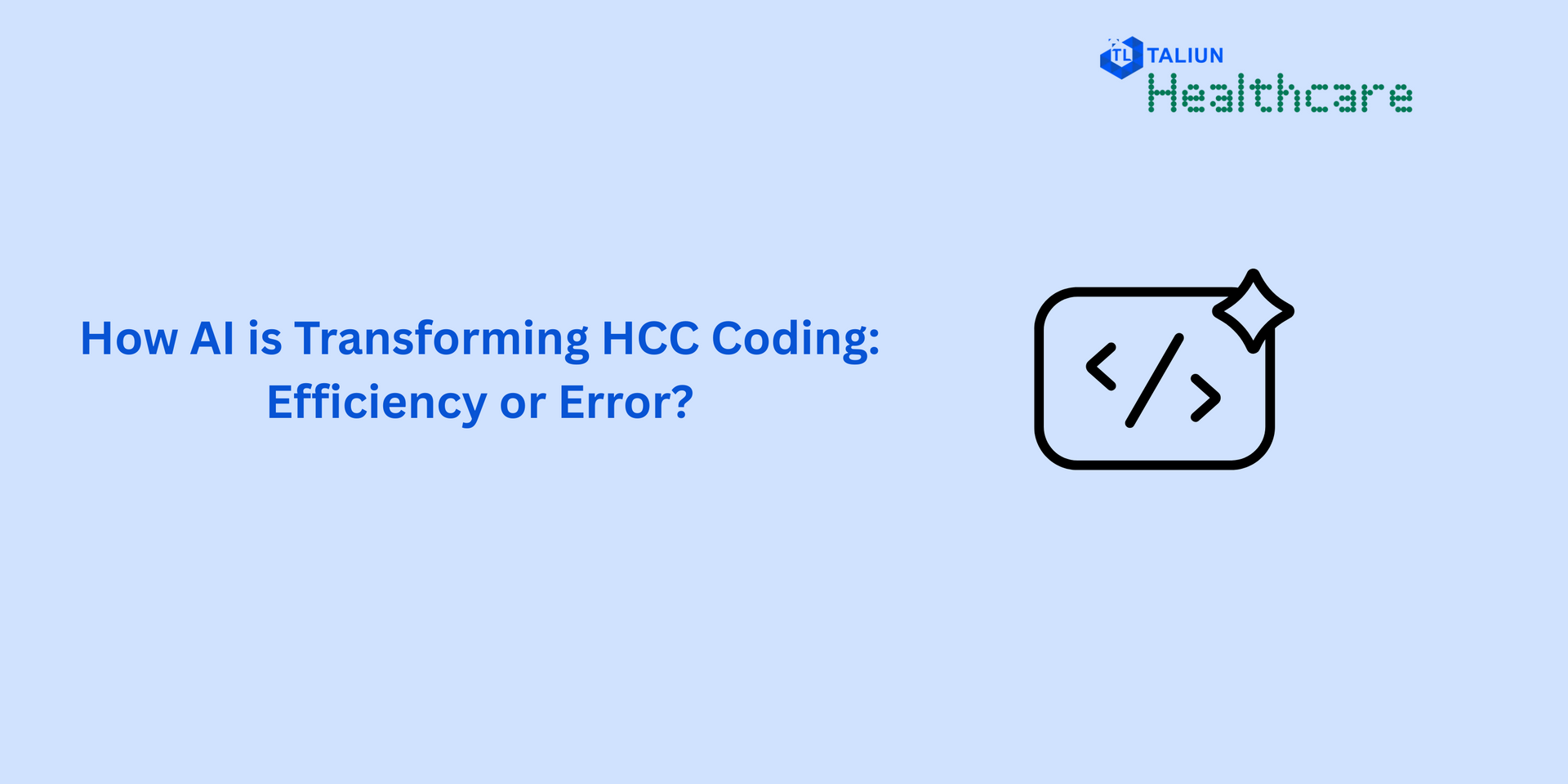
Harnessing the Power of Microsoft Azure for Interoperable Health Data
In today's digital age, the healthcare industry is undergoing a significant transformation with the adoption of technology-driven solutions. One key aspect is the seamless exchange and interoperability of health data among various healthcare systems and stakeholders. Microsoft Azure, a powerful cloud computing platform, offers a range of tools and services that can greatly facilitate the achievement of interoperability in the healthcare sector. This blog explores how Azure can be leveraged to unlock the full potential of interoperable health data.
1. Azure API for FHIR:
Microsoft Azure provides a dedicated service called Azure API for FHIR (Fast Healthcare Interoperability Resources). FHIR is an industry-standard data exchange specification that enables efficient and standardized health data exchange. Azure API for FHIR simplifies the process of building FHIR-compliant applications, allowing healthcare providers, payers, and researchers to securely share and manage health data across systems.
2. Secure Data Storage and Management:
Azure offers robust data storage and management capabilities that are crucial for handling sensitive health information. Azure Storage provides secure and scalable storage options, including Blob Storage for unstructured data, Table Storage for structured data, and Azure SQL Database for relational data. These services ensure data integrity, availability, and compliance with industry-specific regulations, such as HIPAA.
3. Machine Learning and Analytics:
Azure's advanced machine learning and analytics tools can be employed to gain valuable insights from health data. Azure Machine Learning allows healthcare organizations to build and deploy predictive models for various use cases, such as disease diagnosis, treatment optimization, and population health management. Azure Data Lake Analytics and Azure Databricks enable scalable data processing and analytics, empowering healthcare professionals to make informed decisions based on comprehensive and real-time data analysis.
4. Integrations with Existing Systems:
Interoperability often requires integration with existing healthcare systems. Azure Integration Services, such as Azure Logic Apps and Azure Service Bus, enable seamless connectivity and data exchange between disparate systems. These services support industry-standard communication protocols and data formats, making it easier to integrate electronic health record (EHR) systems, health information exchanges (HIEs), and other healthcare applications.
5. Scalability and Flexibility:
Azure's cloud infrastructure provides unmatched scalability and flexibility to handle the ever-increasing volume of health data. By leveraging Azure's globally distributed network of data centers, healthcare organizations can store, process, and analyze data at scale while ensuring high availability and disaster recovery capabilities. Azure's pay-as-you-go model allows healthcare providers to scale their infrastructure as needed, eliminating the need for significant upfront investments.
Conclusion:
Achieving interoperability in healthcare is crucial for improving patient care, research, and overall healthcare outcomes. Microsoft Azure offers a powerful platform to realize the vision of interoperable health data. From its FHIR-compliant API and secure data storage to advanced machine learning and analytics capabilities, Azure provides the necessary tools to enable seamless data exchange, integration, and analysis. By harnessing the power of Azure, healthcare organizations can unlock the full potential of health data, driving innovation and transformative advancements in the industry.
Disclaimer: This blog provides an overview of how Microsoft Azure can be used for interoperable health data. It is important to consult with technical experts and adhere to industry regulations and standards while implementing such solutions.




